Sony FE 40mm F2.5 G Review
Dustin Abbott
July 8th, 2021
Lost in the midst of the high profile releases of the 35mm F1.4 G Master (my review here), the Sony FE 14mm F1.8 (my review here), and the yet untested (by me!) Sony FE 50mm F1.2 GM is a trio of compact, smaller aperture prime lenses by Sony. The Sony FE 24mm F2.8 G (my review here) FE 40mm F2.5 G, and FE 50mm F2.8 G lenses are all very nicely built, fully featured, optically sound little prime lenses with smaller than typical maximum apertures. Each of them retails for roughly $600 USD, which, while not cheap, is considerably less expensive than the larger, heavier, more expensive large aperture alternatives. In many ways these lenses most resemble the Sigma iSeries in both design and function; very small autofocusing build with a surprisingly premium build. This review focuses on the Sony FE 40mm F2.5 G lens, a lens likely to be the least popular of the three due to the fact that 40mm remains a somewhat unconventional focal length. I actually enjoy 40mm and 45mm lenses, as I find them to be a nice compromise between the popular 35mm and 50mm focal lengths. Though 40/45mm releases have been rare in the past, there have been more of them in the past few years, and I’ve actually done around half a dozen of them, including some on Sony like the Voigtländer 40mm F1.2 (my review here), the Samyang AF 45mm F1.8 (my review here), and the Sigma 45mm F2.8 DN (my review here). The latter two are the most directly comparable, as they have autofocus and are closer in price and size. *The tests and most of the photos that I share as a part of my review cycle of the 40G (as we’ll call it for brevity) have been done with the new Sony Alpha 1 which will serve as my benchmark camera for the foreseeable future (my review here).
I’ve praised Sigma and their iSeries for the recognition that not everyone wants massive, large-aperture prime lenses. Many people initially transitioned to mirrorless cameras because they liked the concept of having smaller, lighter gear that continued to deliver exceptional image quality, and in the early years of transitioning to bigger sensor full frame mirrorless cameras that compactness was often lost. There has been a “Renaissance of compactness” recently, though, and while companies continue to produce the larger, more expensive professional grade lenses, many of them have also begun to supplement those options with smaller and lighter alternatives. It used to be that the market was bifurcated between “professional” (large, heavy, expensive, but with features) and “consumer grade” (smaller, lighter, smaller apertures, but cheaply made and without features). Lensmakers have finally figured out that many people want smaller lenses that are still premium in terms of performance and features. That is the case here, as the 40G, while very small, is also feature rich and has a beautiful construction…and can make beautiful images.
While there are a few alternatives to this lens from third parties, there really isn’t anything comparable from Sony itself. The maximum aperture of F2.5 isn’t much larger than the common F2.8 aperture found in certain zooms, but any zoom lens that hits 40mm with a maximum aperture of F2.8 is going to be radically different in terms of size. The Sony FE 24-70mm F2.8 G Master is over three times as long and weighs more than 5x as much! So if this focal appeals to you, you prefer first party lenses (which get the best support and have the best resale value), and you want to travel light, the Sony 40G might just be a very intriguing option for you.
Want to discover more? You can watch either my long format definitive or shorter standard video reviews…or just keep reading!
Follow Me @ Patreon | My Newsletter | Instagram | Facebook | DA Merchandise | Flickr | 500px
Thanks to Camera Canada for getting me a loaner of the lens. They are my personal source for my gear and have been great to work with. As always, this is a completely independent review.
Sony 40G Build, Handling, and Features
Sony has followed a pattern that I’ve seen with a number of lensmakers over the past few years in that they have released a group/series of lenses with obvious design sharing as opposed to individual lens releases. Tamron did the same with their 20mm, 24mm, and 35mm F2.8 OSD primes in late 2019. This enables a company to fill out their catalog somewhat inexpensively, as there is a lot of shared engineering and design elements along with shared tooling for the manufacturing of the lens. These are relatively inexpensive lenses, but I suspect the profit margin is a little better for Sony on them due to saved development and manufacturing costs. It’s a smart move, really, and the only downsides that I can see are 1) each individual lens gets less “splash” at introduction as it shares the limelight with other lenses (though that is only a factor at introduction, as buyers later on won’t really know the difference) and 2) it can lead to some minor design compromises. In this case, the 40mm and 50mm F2.5 lenses end up with a slightly unusual maximum aperture (F2.5) that is the compromise to getting quality optics at those focal lengths into very small bodies. The upside, though, is that these are all really, really nicely made lenses that have premium metal housings but are also extremely compact. The shared design DNA is very obvious across all three lenses.
The 40G and 50G lenses are essentially identical in their external dimensions. They are both 68mm (D) x 45mm (L) (2.7 x 1.8″) and are only one gram difference in weight (173g for the 40mm and 174g for the 50mm). Their lens profile is identical, too, up to and including the unique hood/filter adapter (you need the hood in place to use filters). The 24G has a unique (and more traditional) lens hood along with more typical filter threads (all three use 49mm filters, however), and as a byproduct has the most traditional look. If you remove the lens hoods, however, the three lenses are identical in profile and external dimensions (see photo above). The 24G is the lightweight of the group, however, weighing in at a svelte 162g. That’s pretty unbelievable considering how nice the build of these lenses are. The Samyang AF 45mm F1.8 is a bit lighter (162g), but it is incredibly plasticky by comparison. The Sigma has a more similar build quality, but it also a bit heavier (215g) and doesn’t have the same degree of weather sealing. Here’s a look at some basic competitors and their statistics.
The build quality of this little prime lens is really, really high, and in many ways it simply strikes me as a compact G Master lens. It not only has that lovely metal housing but also a thorough degree of weather sealing, beginning with a gasket at the lens mount and internal seals at the rings, switches, and front of the barrel. I count 11 different seal points, which is a very impressive amount in such a compact lens.
This is a more thorough degree of weather sealing than any of the alternative lenses I’ve referenced. Of the three alternatives I’ve tested, the only one with any weather sealing at all is the Sigma, and it only has a gasket at the lens mount. The Samyang and the Voigtländer have no sealing at all.
Also impressive is the number of features and options packed into this little lens. There is an aperture ring, which, like the GM lenses, allows for one to either have a “clicked” aperture ring with traditional detents at one third stops or a “declicked” smooth aperture by using a switch on the right side of the barrel. You can also put the lens into automatic mode on the ring and control aperture from within the camera.
The lens also has an AF/MF switch on the left side of the barrel along with Sony’s “Focus Hold” button that can be programmed to different functions from within the camera. All of these controls are miniaturized to fit into the compact dimensions of the lens.
The downside of this miniaturization is the the controls are little harder to find and operate by feel, and also means that the aperture and focus rings are very close together. You’ll have to be careful to make sure you are moving only the desired ring, which will be hard to do by feel in cold weather when wearing gloves. I also found the AF/MF switch a little hard to operate even with bare fingers due to its small size and flush mounting, so that tells me that these buttons and switches will be very tough to operate with gloves on.
The focus ring itself is located near the front of the lens, and, like the aperture ring, is made of metal with nicely defined ribs. Both rings protrude a bit from the lens barrel, so, like the Sigma iSeries, I’m reminded of cine lenses that are designed for gearing. The quality of focus is very positive, with smooth, linear rotation and a consistent feel. Damping is on the light side but substantial to make for a smooth, precise experience.
The lens hood here is a bayonet style lightweight metal hood with the same black anodized finish as the lens barrel…but, like, the 50mm, it’s not a conventional hood. It is actually the hood that is threaded for taking filters (at a tiny 49mm size), though you can thread filters on the lens itself, too…just not at the same time as using the lens hood. The opening in the front is not completely round, either, but is flattened on the top and bottom of the opening (the hood will only mount in one position). This gives the lens a bit of an anamorphic lens look, though this is a spherical lens. The primary negative of this lens hood is that it cannot be reversed for storage. You either leave it at home or keep it attached at all times. I prefer the latter, as the lens is so compact that it really isn’t a hardship to just keep the lens hood in place. The lens cap will fit on the hood just fine.
There are seven aperture blades in the aperture iris, and while they are listed as being “rounded”, they aren’t nearly as rounded as Sony’s better aperture irises. Even at F4 (a mild 1 1/3 stop closing of the aperture), you can easily see the shape of the aperture.
The Sony 40G is a much stronger lens than was the 24G in terms of close up performance. It has a minimum focus distance of 28cm (11″) when autofocusing, but, like the 24mm and 50mm G primes, you can manually focus a little closer (25cm, or 9.8″). When autofocusing, this gives you a maximum magnification of 0.20x, but if you manually focus you can bump that figure up to 0.23x, which is starting to get very useful! This definitely betters the Samyang (0.12x) and almost gets you to the close focus abilities of the Sigma (0.25x). Here’s what the higher manually focused MFD image looks like:
Detail is pretty good at this focus distance, but contrast isn’t off the charts. This real world shot manually focused looks good globally, though at a pixel level you can see that contrast could be a bit better.
All of these lenses are small enough that one can just as easily use them on APS-C. I used the 40G on my Sony a6600 as well, and the resulting 60mm angle of view is also a useful one. I got great looking images out of the lens mounted on APS-C. Here’s a small sampling of them.
This is a beautifully made little lens and handles very nicely. The lens hood application is slightly odd (and I don’t love the look of the lens profile with it attached), but everything functions just fine. It’s much like an autofocusing Zeiss Loxia lens – small yet premium.
Sony 40mm F2.5 G Autofocus and Video Performance
Sony has developed a winning autofocus formula in their lenses over the past few year lenses by utilizing Linear Motors. They evaluate the amount of torque needed to drive the focusing element(s) and then calculate the number of linear motors needed for fast, quiet focus. A smaller lens like this ended up getting dual linear motors (I was actually surprised that there was more than one), which are typically situated on either side of the focusing element or element group and move the focusing elements back and forth with great speed.
Autofocus here is fast, smooth, and silent in operation for either stills or video. When I did my focus pull video test, I couldn’t hear anything at all from the focus motors, and focus pulls were quick and confident. When I ran my test tracking tracking of my face as I approached the camera and moved in and out, the tracking was consistent without any visible stepping. No problems at all!
I was also happy for stills. Autofocus was quick and accurate. This shot of a daisy, for example, is crisp and well focused despite the fact that the wind was whipping it around, forcing the camera/lens to have to real time track its movement.
Both people and pet eye AF worked well, and you can see that this shot of Loki is nailed:
I noted that eye AF worked fine with the 40G even on subjects wearing sunglasses. The tech has really matured, and the 40G took full advantage of it.
The 40G also focused well at smaller apertures, without any of the pulsing and hunting that I used to see a bit of on Sony.
I got good results whether focusing on the exceptional Sony Alpha 1 or on the Sony a6600 APS-C body. This shot of a shad fly was captured by shooting low with the 40G on an a6600 body:
I used the lens for a number of video segments and got reliable tracking of my face with the lens mounted on either camera. This lens would be appealing to video shooters due to having both excellent autofocus and excellent manual focus. The only downside I could see for video was a fair bit of focus breathing.
All told, autofocus is a real strength for this lens. The Sigma and Samyang lenses also AF well, but I would favor the native Sony lens for greater reliability in a wide variety of situations and on a wider range of Sony cameras. Autofocus is as good on the 40G as any of the GM lenses I’ve tested.
Sony 40G Optical Performance
The Sony 40mm F2.5 G utilizes an optical formula of nine elements in nine groups. Three of these elements are special aspherical elements. The MTF charts show a strong optical performance with great center and midframe performance with some drift towards the corners. Stopped down performance should be universally excellent.
This suggests a very strong real world performance, and thankfully, that’s what I see:
The 24mm F2.8 G was hiding some really ugly distortion and vignette behind its profile corrections, so I was somewhat leery that I would find more of the same here, but fortunately that isn’t the case. Both vignette and distortion are MUCH more manageable here.
There’s a mild amount of barrel distortion that cleaned up nicely with a +5 in the Lightroom distortion slider. Vignette is moderate at a +47 to correct, so slightly under two stops in the corner. Nothing serious or difficult to correct for here, and the standard Sony profile does a great job of correcting things smoothly in camera for JPEGs and video, and there is already a profile available for many pieces of post software.
Lateral chromatic aberrations are well controlled, with little evidence of fringing in black to white transitions near the edge of the frame.
There is a small amount of longitudinal chromatic aberrations on either side of the plane of focus.
I didn’t find anything really objectionable in real world use, however.
Low amounts of chromatic aberrations often translate into good contrast, so let’s take a look at contrast and resolution. Here’s my test chart that crops and comparisons will be taken from. My test photos are at 50MP.
We’ll start with crops from across the frame at F2.5 (center, midframe, and extreme corner).
As suggested by the MTF results, everything looks very good here. There’s great detail in the center and midframe, with only a minor drop-off in the corners. Corners actually look a little better than expected. That’s a great performance that is backed up by real world sharpness:
You can tell that overall acuity is down in the edges (the details are slightly more mushy), but overall the results at F2.5 are very promising.
Stopping down doesn’t make a radical difference in the center of the frame (it’s already excellent), but it does effectively bring that center acuity out to the edge, where now the details look crisper by comparison:
This wide open shot and its crop shows that this is a lens that has no problem with the 50MP sensor of my test camera.
So how does this compare to the competition? I tested the Sigma 45mm F2.8 right before I switched to my current chart tests, so it is hard to be entirely scientific. I was not overly impressed with the sharpness at wide apertures, and, looking at the MTFs for the lens, the Sony 40G is sharper across the frame. Things are a little easier with the Samyang AF 45mm F1.8, since I own (and love!) that little lens. The MTFs from Samyang suggest a lens a little less sharp in the center and midframe (at F1.8) and a little sharper in the corners. In real world tests of the actual copies I have, I found the Sony noticeably sharper in the center, the Samyang with an edge in the midframe, and Samyang’s corner advantage miniscule.
That’s with the Samyang nearly a stop brighter, though. Stop both lenses down to F2.8 and the Samyang is the sharper lens, though not by much. Stopped down to F5.6 and both lenses are nearly flawless across the frame. The Samyang is definitely a strong competitor optically (particularly with that aperture advantage), though it doesn’t compare at all to the Sony in terms of build quality. The Samyang retails for $200 USD less, however, and, at the moment of this review, is actually $300 cheaper due to a sale. Food for thought.
Flare resistance is fairly strong on the 40G, though not as imperturbable as the 24G. At wide apertures I saw no hint of flare, and in most positions even when stopped down to small apertures I saw little evidence of ghosting. At a certain position (image 3), I managed to create some slight ghosting artifacts, though contrast remained strong. This is a very good performance overall.
Bokeh quality is also pretty good in most situations. The lens can produce a fairly soft background while also giving great sharpness on the subject, like here:
In a few situations, however, I saw a tendency toward “outlining” that could make circular highlights a little “obvious”.
My conclusion overall is that the bokeh quality is good, though some other options with wider apertures might give you a little more potential for creating it. Here’s a few more “bokeh images” at varying distances.
These qualities make for a decent portrait option, though you won’t be melting backgrounds if you shoot full body. Still, I thought that my portrait shots with the lens looked nice.
Overall the 40G produced nice looking images with good color, contrast, and and detail. It’s got a lot of optical goodness packed into a tiny package, with an extremely sharp center of the frame. Feel free to check out more images by visiting the image gallery here.
Conclusion
The Sony FE 40mm F2.5 G and its two companions will make for appealing options for a certain photographer. They are very much premium lenses in compact, lightweight packages. The build quality is essentially a miniaturized G Master lens, with all metal construction, rich features, and quality weather sealing. 40mm is not a conventional focal length, but it is one growing in popularity. I personally really like the perspective and find it a great one for capturing the everyday moments of life. It’s a nice focal length for around the table or in the living room with family, and the high degree of weather sealing and low weight (173g) also make it a great option for adventuring in the outdoors. You can carry it all day without noticing the weight.
I was very pleased with the autofocus performance and general handling of the lens, though the miniaturized rings, buttons, and switches may prove challenging to operate when wearing gloves in colder weather. That’s hard to avoid when you pack so much into such a compact lens. The optical performance of the lens is generally excellent, and it delivers images packed with great color and detail with no major optical flaw despite the compact size.
Sony’s great challenge will probably be perceptual. A 40mm F2.5 lens doesn’t sound like a premium lens, and yet this lens carries a price tag of roughly $600 USD. That’s actually probably a fair price when you consider the premium nature of the build, autofocus, and optical performance, but many photographers will question how a lens with “only” an F2.5 aperture could be worth $600. Sony would almost certainly sell many more of these lenses at a price point of $400 instead. I personally would choose this lens over the Sigma 45mm F2.8 DN without hesitation, as the Sony is sharper and has superior weather sealing while also being lighter…and the Sigma is only $50 cheaper. But I’ve also reached for the Samyang AF 45mm F1.8 a lot since owning it (many of those family moments, for example), and I really love the rendering from the lens despite its plasticky build. The fact that it is considerably cheaper may persuade some to choose it instead. We are spoiled for choice these days, but I can safely say that the Sony FE 40mm F2.5 G is a very good choice if you want a tiny yet high performing lens. Those who love the aesthetic of design philosophy of the Sony a7C may find the 40G and its companion lenses the perfect miniature premium pairing.
Pros:
- Exceptionally compact and light while still having a premium design
- High grade of build
- Quality weather sealing
- Good features and general handling
- Fast, quiet, and accurate autofocus
- Excellent wide open sharpness across the frame
- Low chromatic aberrations
- Amazing flare resistance
- Good bokeh quality in most situations
- Good color rendition
Cons:
- Some photographers will find it overpriced
- A fair amount of focus breathing
- Tiny rings, switches, and buttons may prove a challenge when wearing gloves
Gear Used:
Purchase the Sony FE 40mm F2.5 G @ B&H Photo | Amazon | Camera Canada | Amazon Canada | Amazon UK | Amazon Germany
Purchase the Sony FE 50mm F2.5 G @ B&H Photo | Amazon | Camera Canada | Amazon Canada | Amazon UK | Amazon Germany
Purchase the Sony FE 24mm F2.8 G @ B&H Photo | Amazon | Camera Canada | Amazon Canada | Amazon UK | Amazon Germany
Purchase the Samyang AF 45mm F1.8 @ B&H Photo | Amazon | Amazon Canada | Amazon UK | Amazon Germany | Ebay
Purchase the Sony Alpha 1 @ Camera Canada | B&H Photo | Amazon | Amazon Canada | Amazon UK | Amazon Germany | Ebay
Purchase a Sony a9M2 @ B&H Photo | Amazon | Camera Canada | Amazon Canada | Amazon UK | Amazon Germany | Ebay
Sony a9 Camera: B&H Photo | Amazon | Camera Canada | Amazon Canada | Amazon UK | Amazon Germany | Ebay
Sony a7RIV Camera: B&H Photo | Amazon | Camera Canada | Amazon Canada | Amazon UK | Amazon Germany | Ebay
Buy DA Merchandise https://bit.ly/TWIMerch
Purchase a Sony a7C @ B&H Photo | Amazon | Camera Canada | Amazon Canada | Amazon UK | Amazon Germany | Ebay
Peak Design Leash Strap: Peak Design Store | B&H Photo | Amazon | Amazon Canada | Amazon UK
Adobe Photoshop Creative Cloud 1-Year Subscription
Exposure Software X6 (Use Code “dustinabbott” to get 10% anything and everything)
Visit Dustin’s Amazon Storefront and see his favorite gear

Purchasing your gear through B&H and these links helps fund this website and keeps the articles coming. You can also make a donation here if you would like. Visit my Amazon page for some of my gear of choice! Thank you for your support.
Great News! I can now offer a 5% discount on all purchases at Amplis Foto, Canada’s Leading Photographic Supplier. Please enter discount code: AMPLIS52018DA in your cart. It is good for everything in your cart, and is stackable with other coupons, too! It will take 5% off your entire order! Proceeds go towards keeping this site going and providing you with new reviews!
Check me out on: My Patreon | Sign Up for My Newsletter | Instagram | Facebook | Twitter | Flickr | 500px | Google+ |
Keywords: Sony 40mm F2.5 G, Sony 40 G, Sony 40mm G, Sony 40 F2.5, Sony FE 40mm F2.5 G, Samyang AF 45mm F1.8, Sigma 45mm F2.8 DN, F2.5, 40, 40mm, G, Review, Sony 40mm F2.5 Review, Normal, Sony, Hands On, Dustin Abbott, Real World, Comparison, Sharpness, Bokeh, Flare Resistance, Autofocus, Image Quality, Sample Images, Video, Photography, Sony a9, sony a7III, sony a7RIV, a7R3, Sony Alpha 1, Sony A1, 40mm, 50mm, F2.5, 24mm, F2.8
DISCLAIMER: This article and description contains affiliate links, which means that if you click on one of the product links, I’ll receive a small commission. As an Amazon Associate I earn from qualifying purchases.










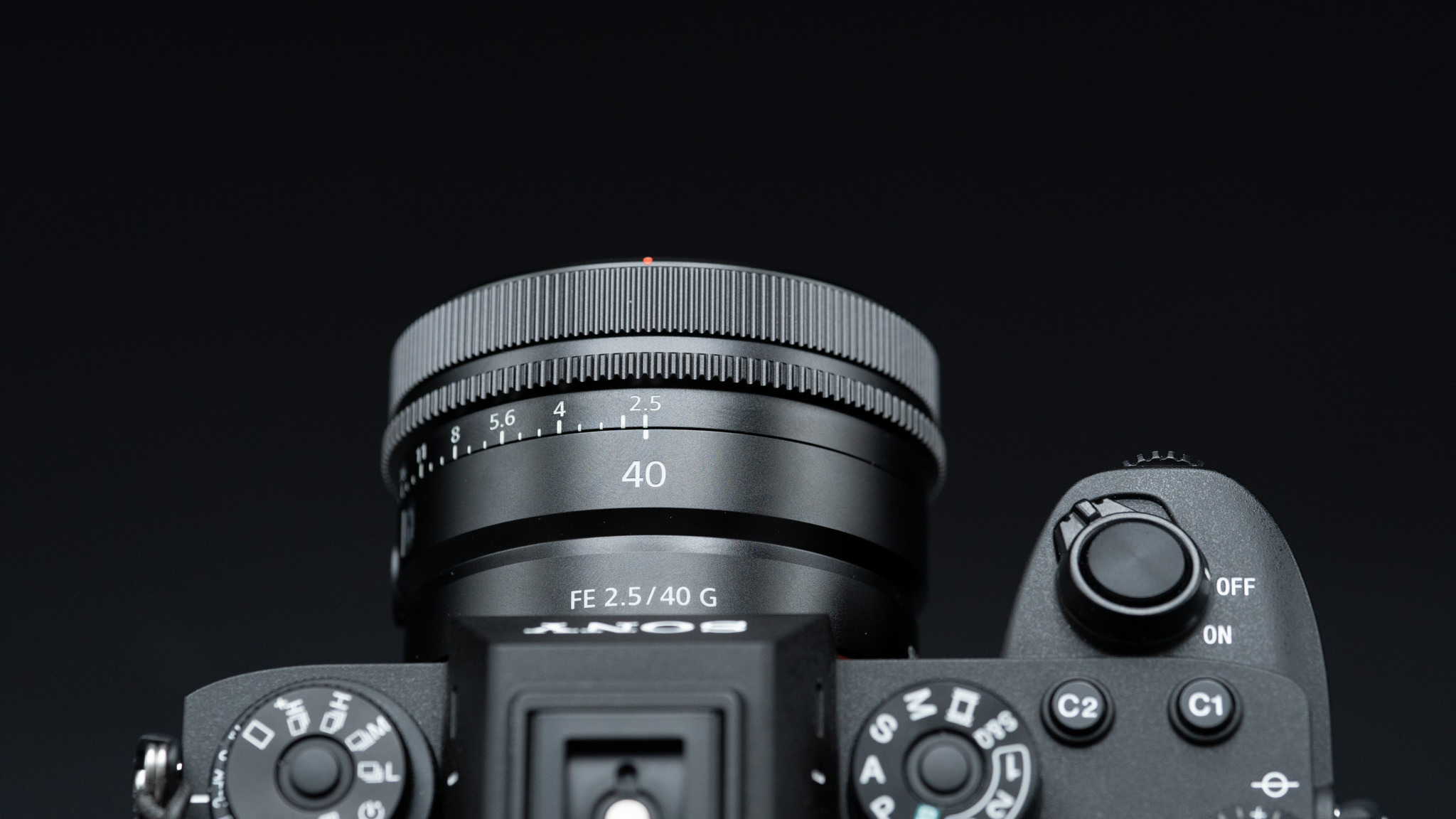


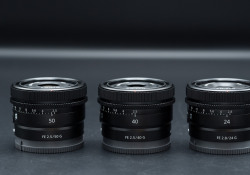
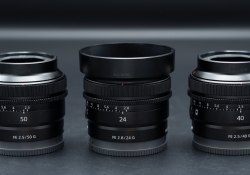
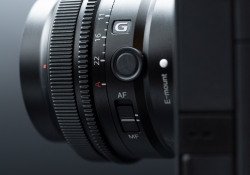
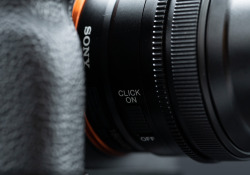
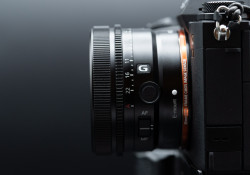

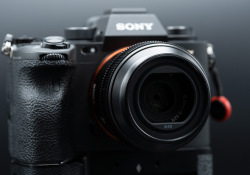
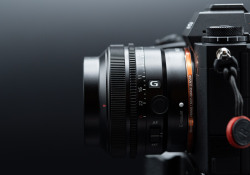
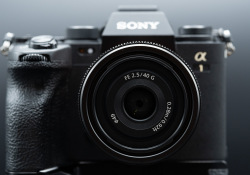
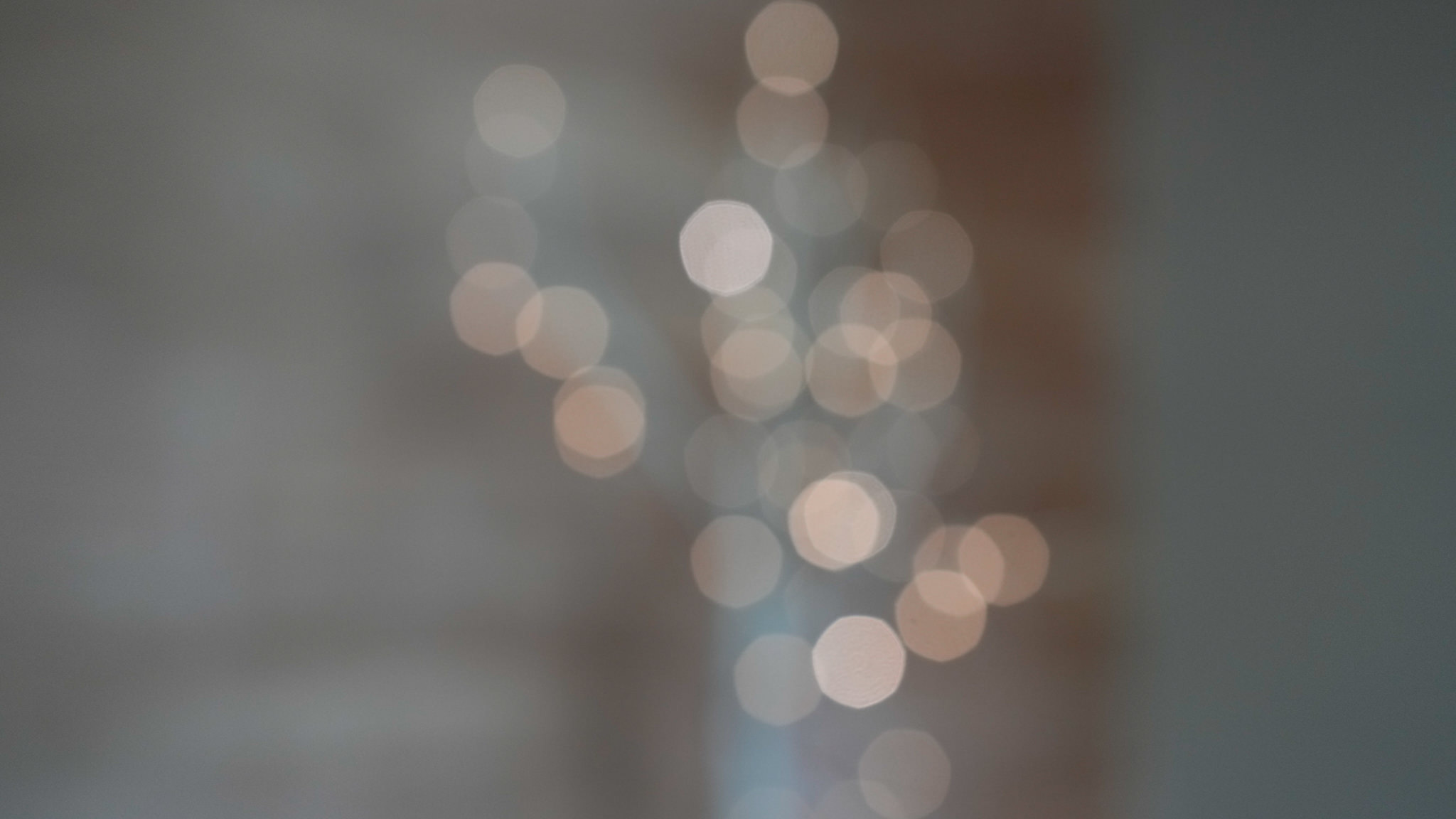

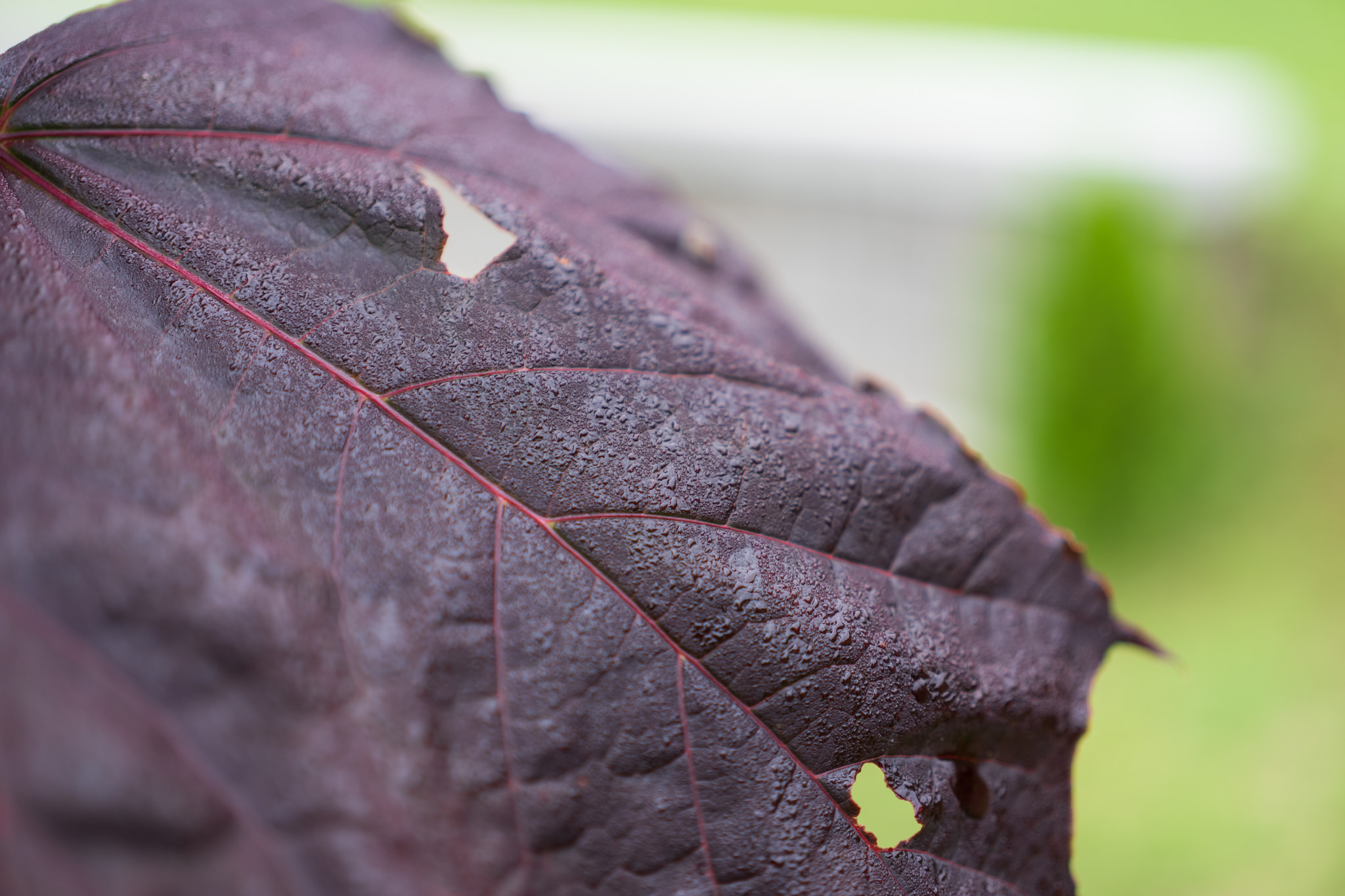
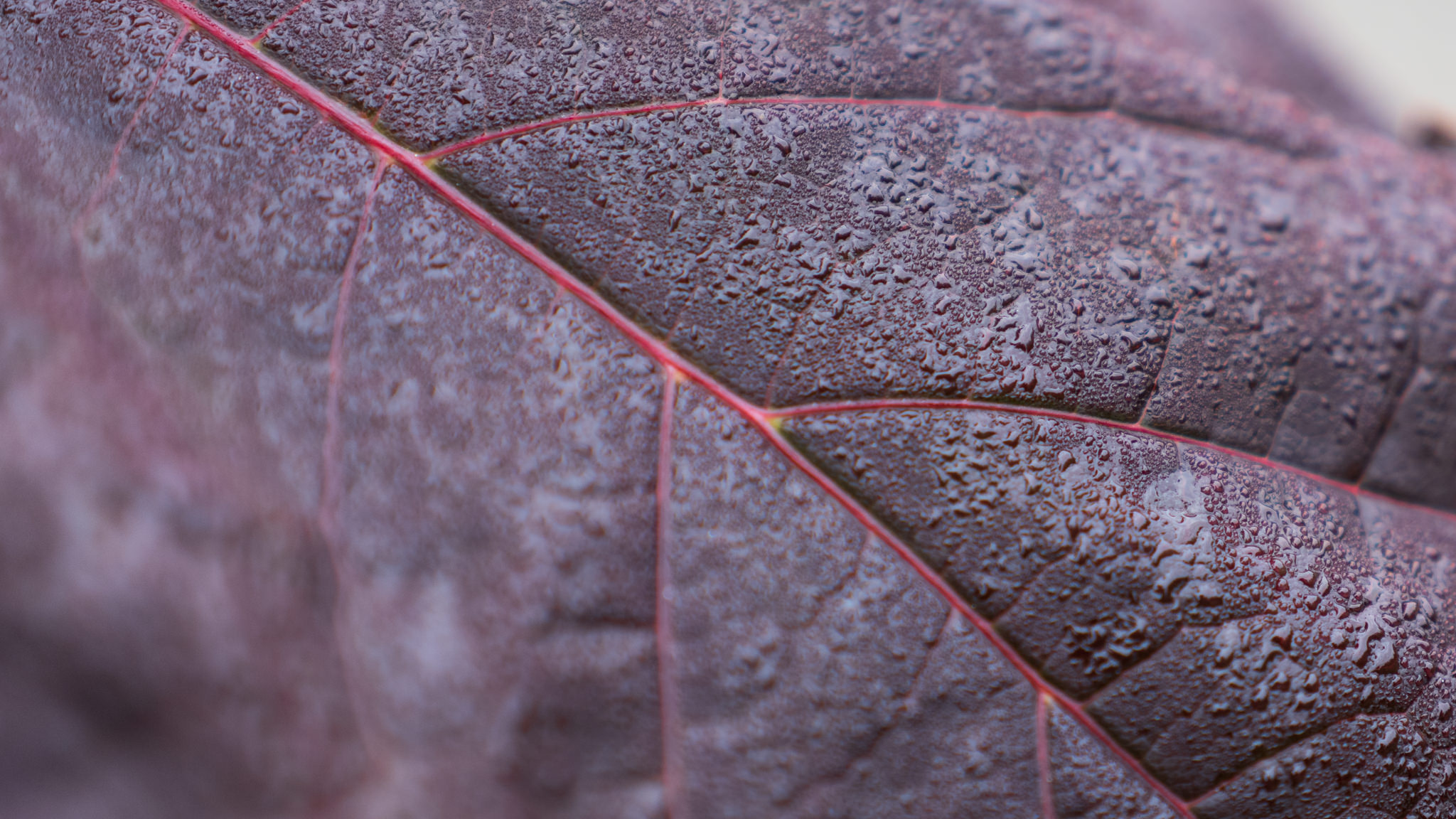
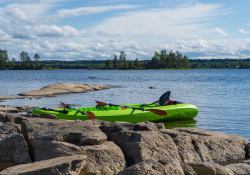


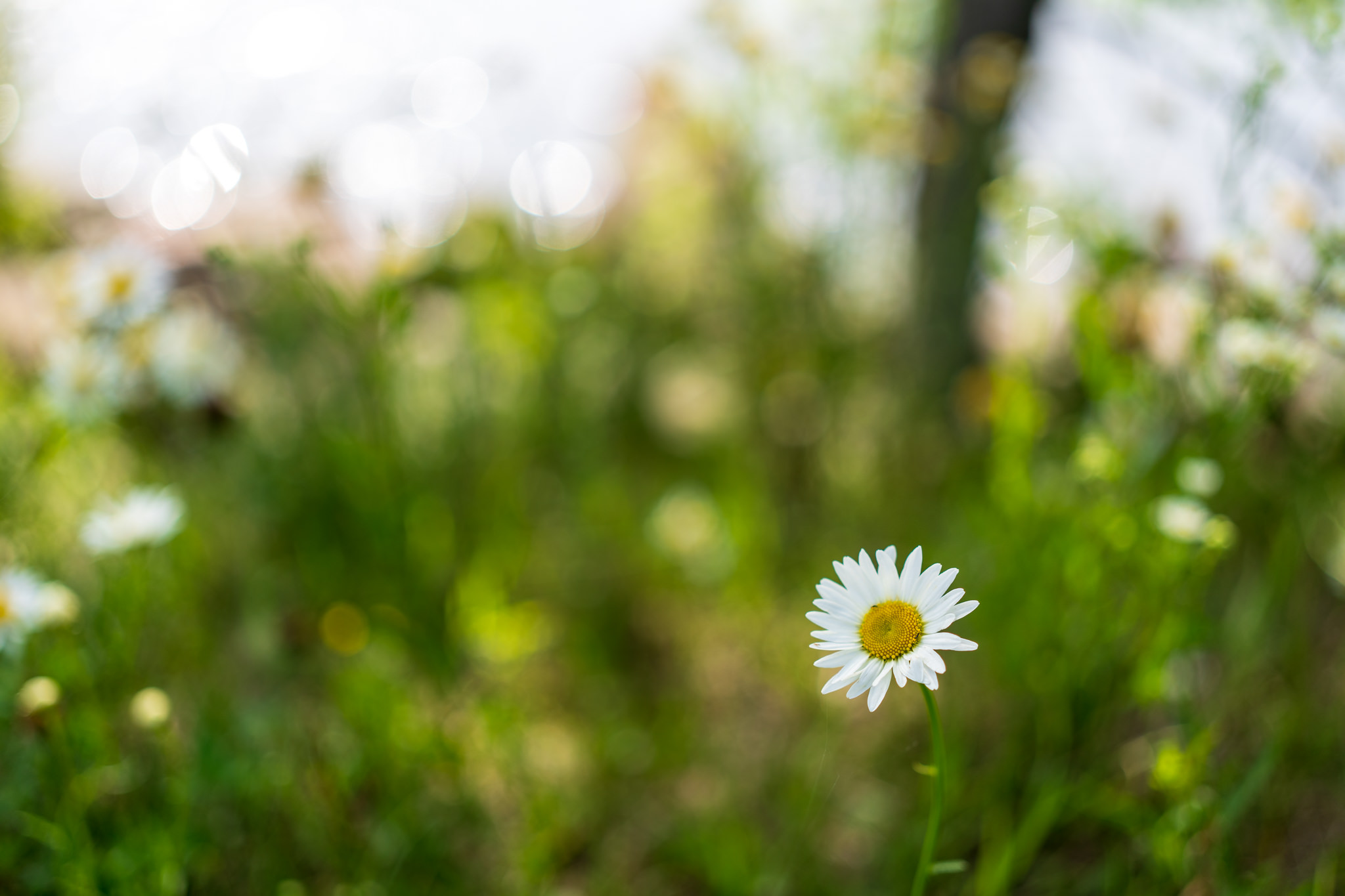


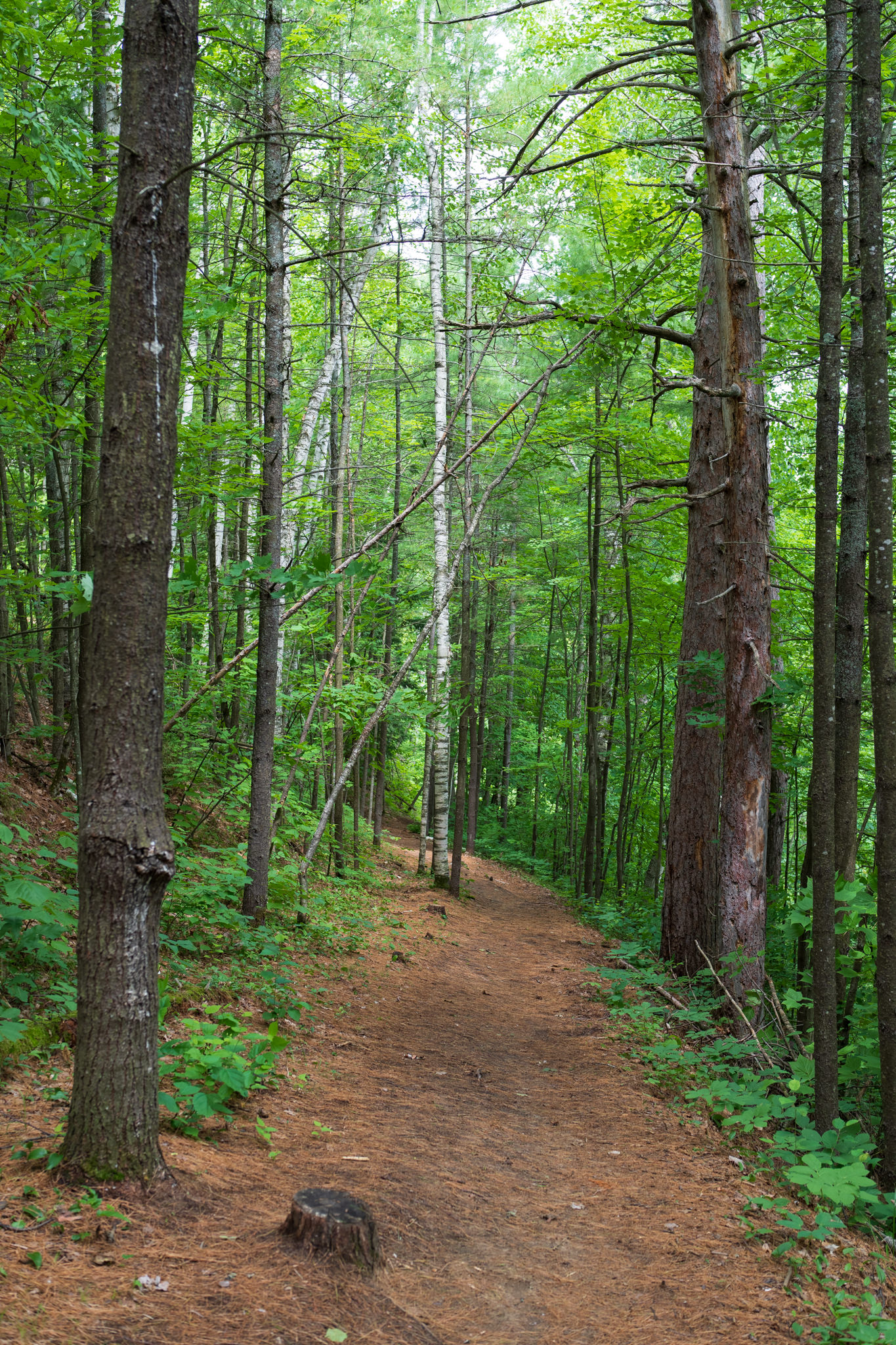



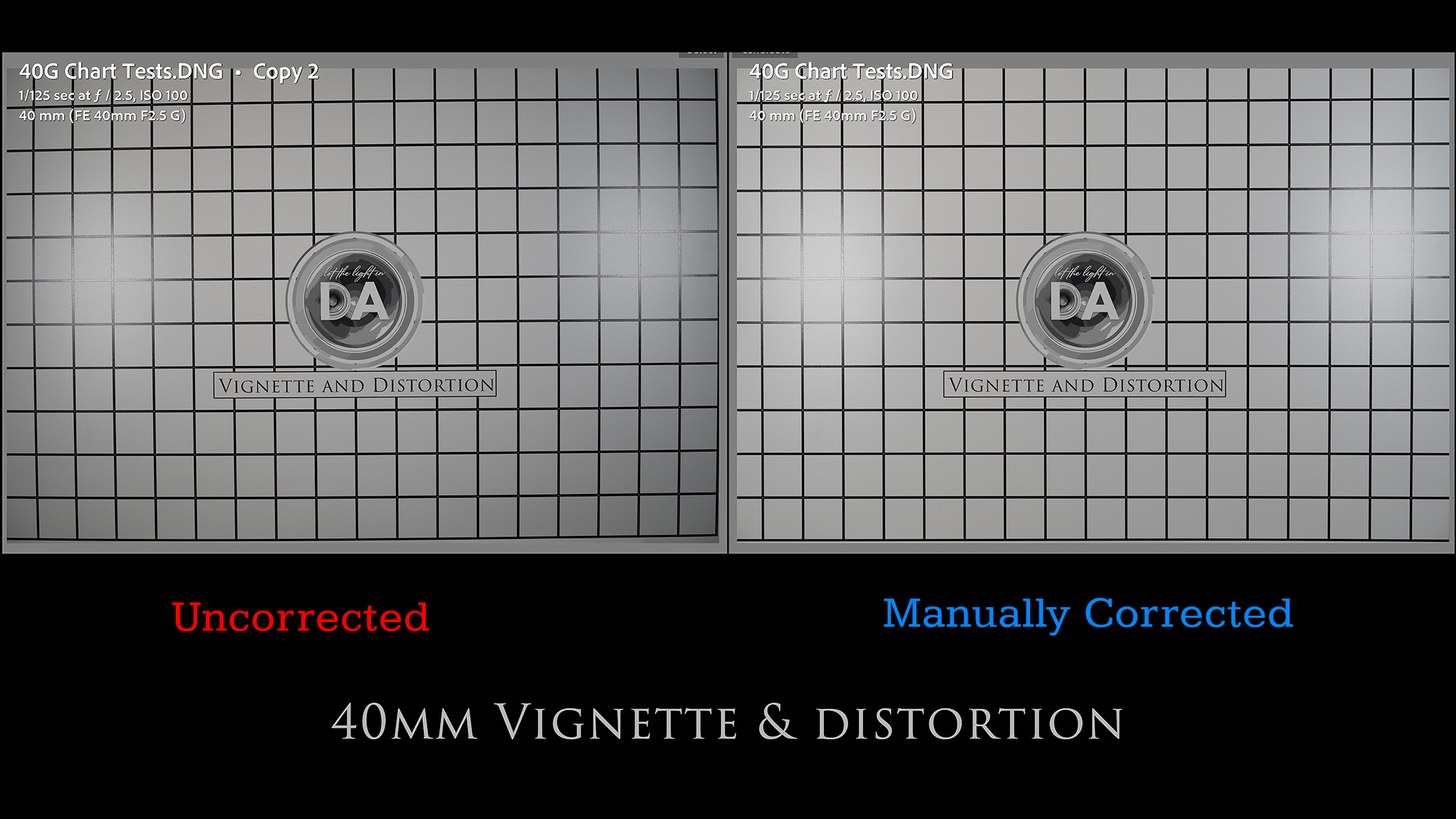
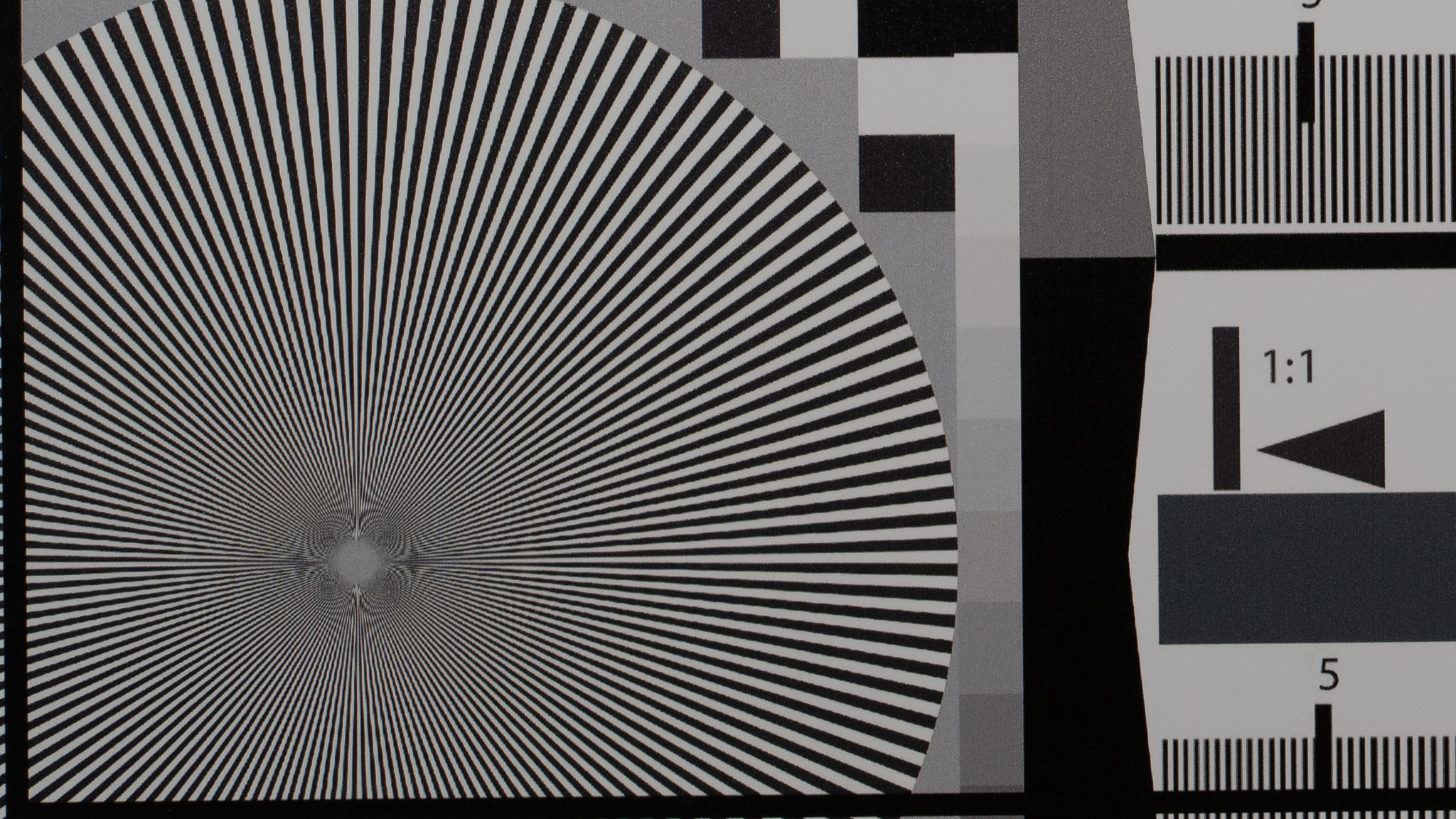

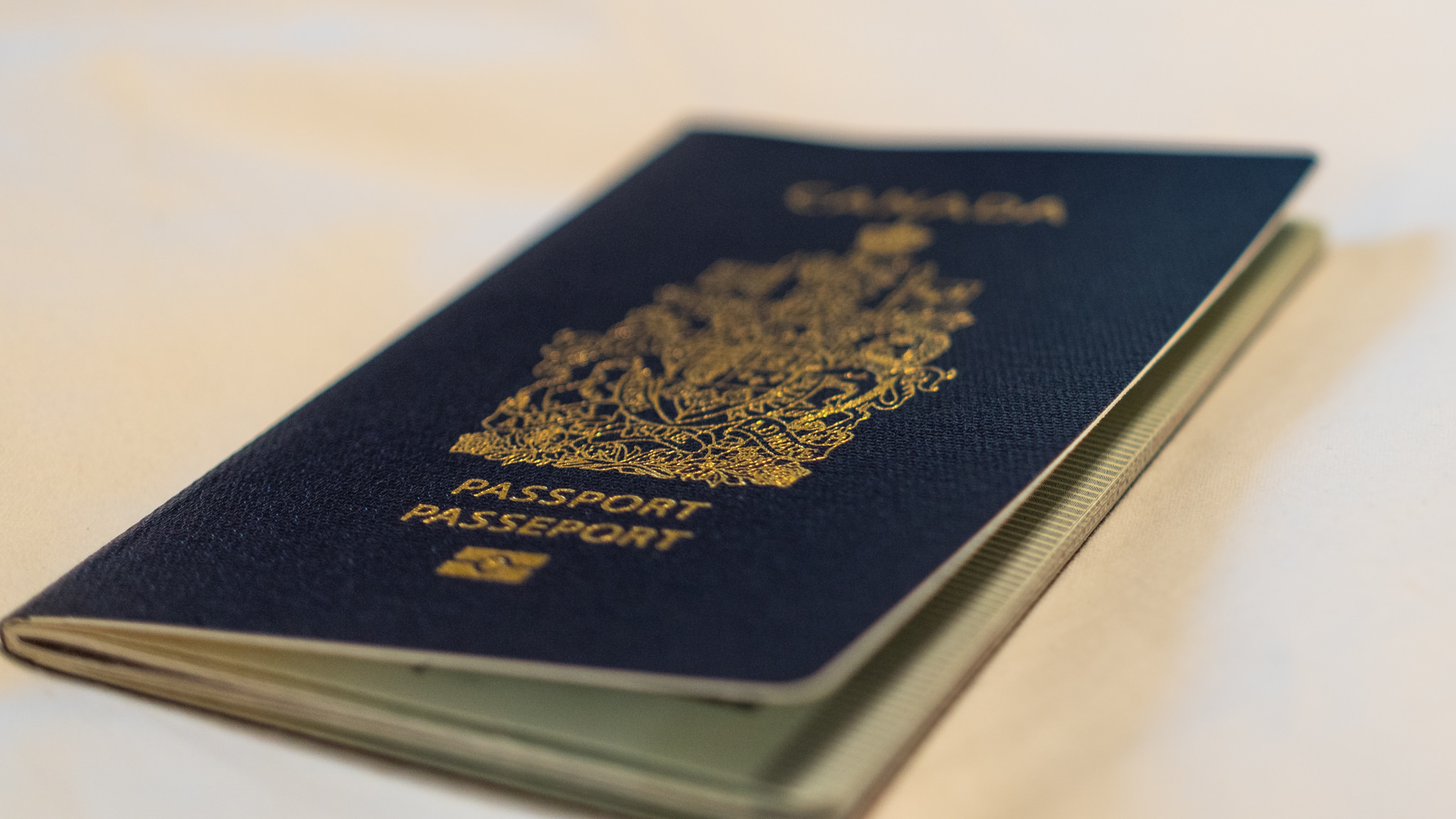
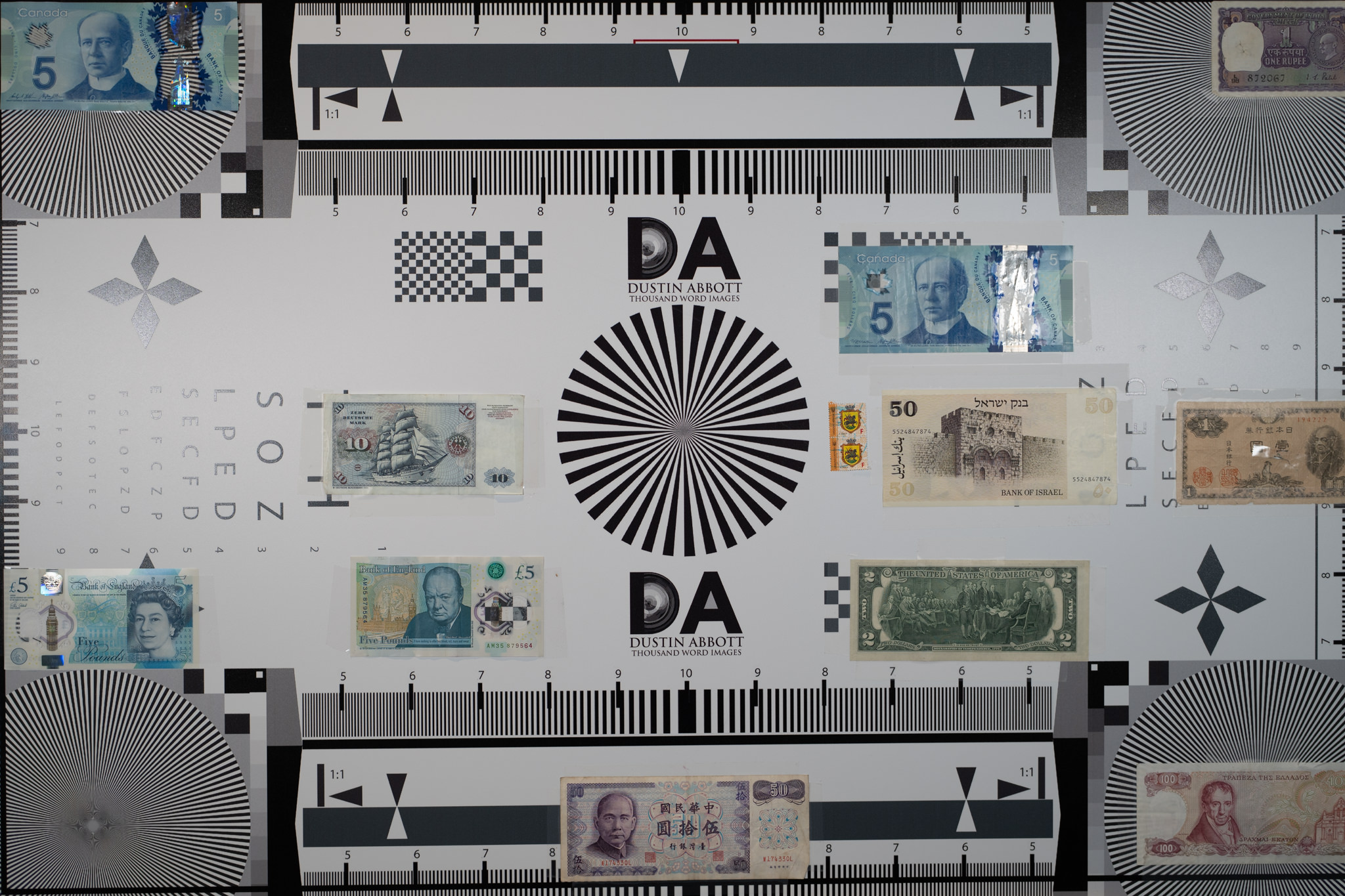
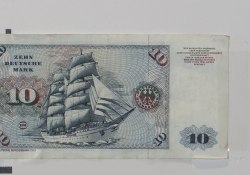










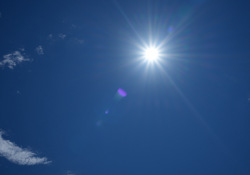









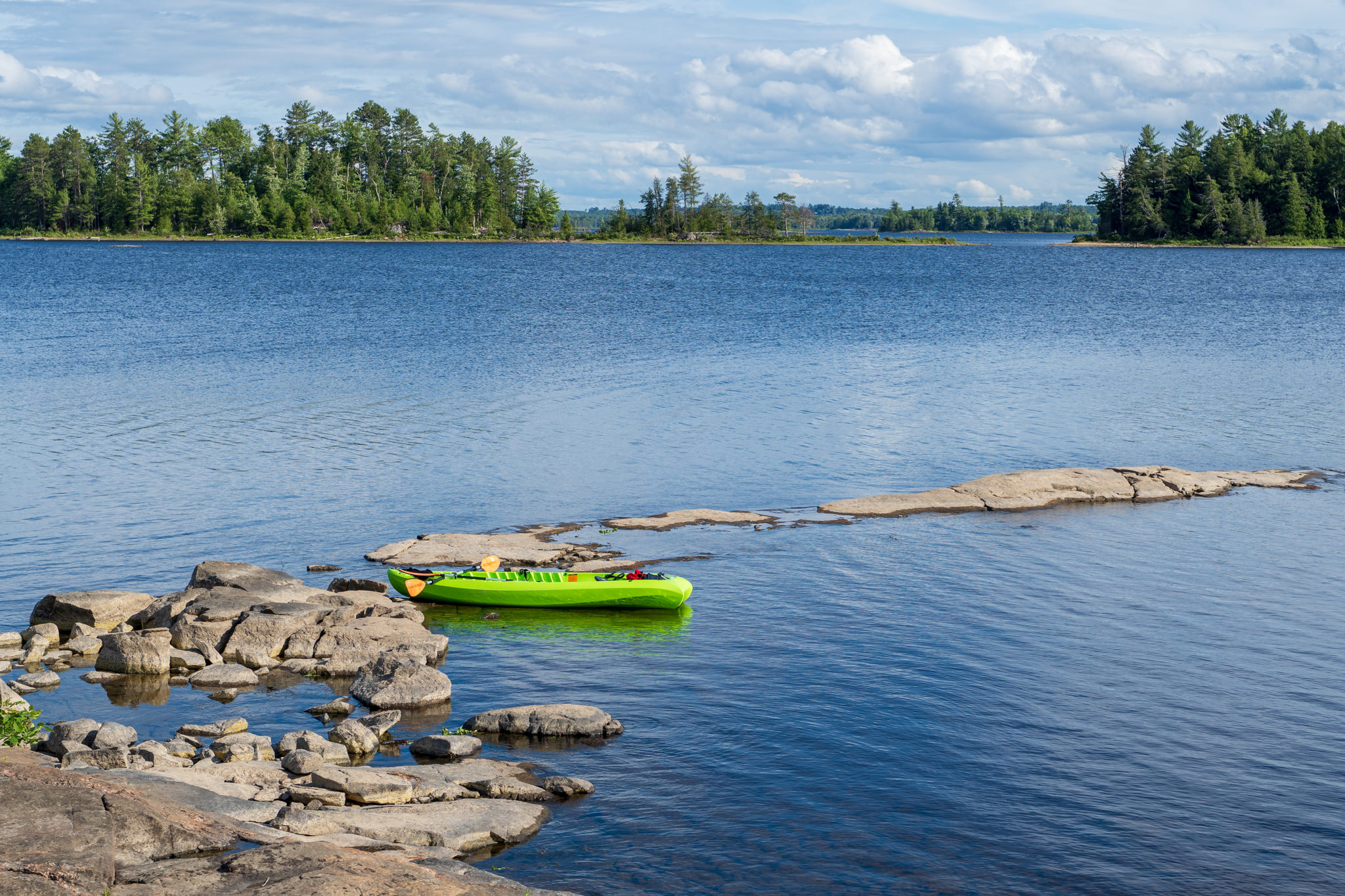




 Nikkor Z 35mm F1.2 S Review
Nikkor Z 35mm F1.2 S Review  Kase AF 85mm F1.4 Review
Kase AF 85mm F1.4 Review  Fujifilm X-Half Review
Fujifilm X-Half Review  Nikkor Z 35mm F1.8 S Gallery
Nikkor Z 35mm F1.8 S Gallery 



2 thoughts on “Sony FE 40mm F2.5 G Review”